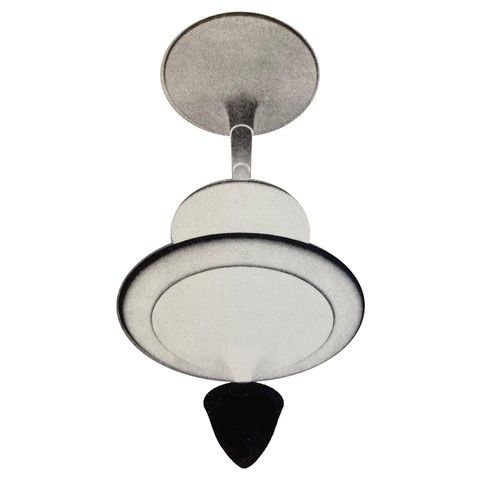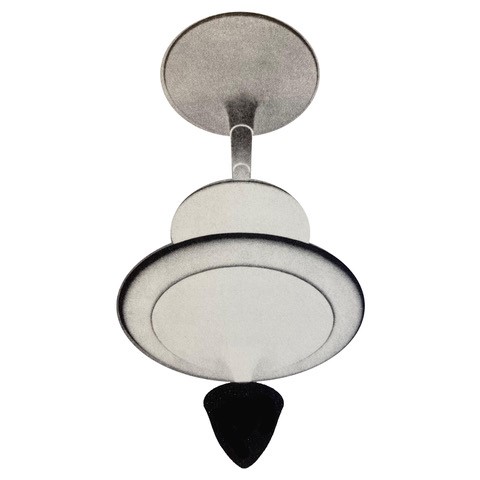Eugène Printz

Eugène Printz made his debut in 1925 at the International Exhibition in Paris. His father was an interior designer and cabinetmaker, so Printz grew up in this profession. He shared his father’s preference for fine woods, preferring rosewood, mahogany, teak, wild cherry and sycamore wood for his elegant interiors, which he created for, among others, the Princess of Auvergne and Madame Jeanne Lanvin. While working on interior design, which he simply called a matter of “exquisite taste,” he recognized the important role that lighting plays in interior design. His findings in this regard were reflected in both theory and practice. In the magazine >Lux< in 1930 and 1931 he discussed his view of modern lighting and emphasized that it had to be viewed as an integral part of the interior from the outset.
Printz had plenty of opportunity to put this theory into practice. At the exhibitions of the Autumn Salon and the Société des Artistes Décorateurs you could admire numerous examples of his ‘visible’ and ‘invisible’ lamps. The ‘Couronne Lumineuse’, as he called it, became a model for many imitators. Other lighting effects were no less attractive. In a conversation room he placed a column with lighting built into the capital.
The light intensity had to be regulated so that not a single corner of the room remained in the dark. In the reception hall for a colonial museum, he installed a double, two-story floor lamp that cast light evenly onto the ceiling. In the light pavilion at the 1937 World Exhibition, he and Kohlmann were responsible for lighting the corridors and the vestibule. Here he exhibited a “table jardinière” that could be illuminated.
Source: Alastair Duncan, Lampen Lüster Leuchter, Jugendstil Art Déco, Prestel-Verlag, München 1979, p.181
Picture: Alastair Duncan, Lampen Lüster Leuchter, Jugendstil Art Déco, Prestel-Verlag, München 1979, Photo 121


-
RSA Antiquitäten Wiesbaden
-
Taunusstraße 34
65183 Wiesbaden -
+49 611 5 29 05 70
-
+49 170 7 83 01 13
-
info@antiquitaeten-wiesbaden.de
-
Mondayclosed
-
Tuesday - Friday12 a.m. - 6 p.m.
-
Saturday10 a.m. - 4 p.m.